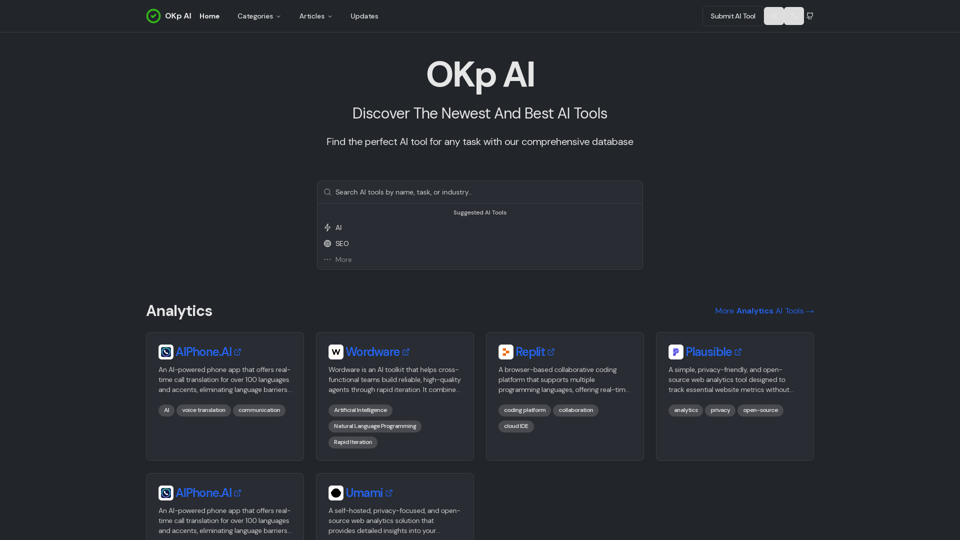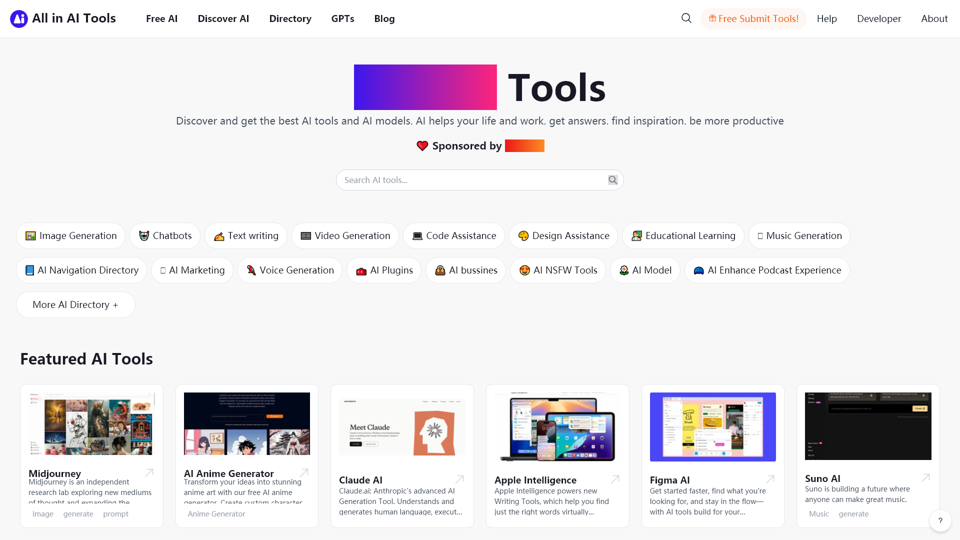What is PyTorch?
PyTorch is an open-source machine learning library that provides a flexible framework for building and training deep learning models. It is designed to facilitate research and production deployment, offering extensive tools and libraries for applications in computer vision, natural language processing (NLP), and more.
Key Features & Capabilities of PyTorch
- Production Ready: Transition seamlessly between eager and graph modes with TorchScript, enabling accelerated deployment with TorchServe.
- Distributed Training: Scalable framework that optimizes performance in both research and production environments through the
torch.distributed backend.
- Robust Ecosystem: Features a rich collection of libraries and tools that extend PyTorch functionalities, supporting various domains like computer vision and NLP.
- Cloud Support: Well-supported across major cloud platforms, facilitating easy scaling and frictionless development workflows.
How to Get Started with PyTorch
Getting started with PyTorch is easy. You can choose to:
- Install Locally: Install PyTorch by selecting your preferences and running the installation command suitable for your operating system, package, and language. Ensure you have Python 3.8 or later.
- Use Cloud Platforms: Quickly initialize your PyTorch environment on supported cloud services like AWS, Google Cloud, or Microsoft Azure. This enables rapid development without extensive setup.
Pricing
PyTorch is open-source and free to use, which means you can download and run it without any cost. However, some cloud services that provide PyTorch may incur charges based on usage.
Helpful Tips for Maximizing PyTorch Usage
- Take advantage of the daily free quota through cloud partnerships for experimentation and prototyping without incurring expenses.
- Explore the extensive documentation and tutorials available to deepen your knowledge and solve specific problems more efficiently.
- Engage with the PyTorch community forums to ask questions, share insights, and collaborate with others for greater learning experiences.
Frequently Asked Questions
Can I run PyTorch on different operating systems?
Yes, PyTorch supports Linux, macOS, and Windows. Users can select their operating system during the installation process.
How do I manage dependencies for PyTorch?
Using package managers like Anaconda is recommended as it handles dependencies seamlessly. You can install all required libraries with a single command.
Are there resources available for learning PyTorch?
Absolutely! PyTorch offers a variety of resources, including tutorials, a YouTube series, and community contributions, to help users master the platform.
What projects have successfully used PyTorch?
Many leading companies and universities utilize PyTorch for deep learning research and production, demonstrating its versatility and capability in advanced applications.
Is support available for new users?
Yes, the PyTorch community provides numerous forums and resources where both new and experienced users can seek help and clarification on technical queries.




